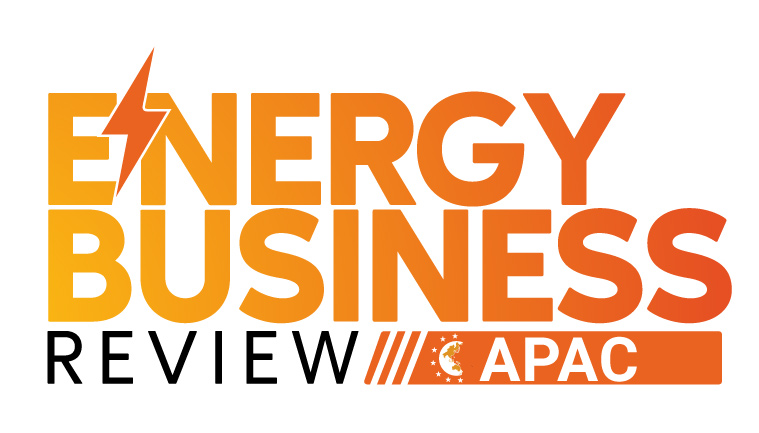Thank you for Subscribing to Energy Business Review Weekly Brief
Al Analytics Enabling Smart Building Management
Buildings outfitted with building management systems (BMS) are becoming increasingly interactive and responsive to their occupants, although buildings have traditionally been seen as stiff

By
Energy Business Review | Wednesday, April 13, 2022
Stay ahead of the industry with exclusive feature stories on the top companies, expert insights and the latest news delivered straight to your inbox. Subscribe today.
With the application of AI analytics, artificial intelligence (AI) has the potential to not only automate buildings but also to make them really adaptive, smart, and agile.
Fremont, CA: Buildings outfitted with building management systems (BMS) are becoming increasingly interactive and responsive to their occupants, although buildings have traditionally been seen as stiff, immovable shapes that just provided a shell for their people, and the activities are undertaken inside. Building owners are becoming more interested in what goes on inside their buildings at any given time. They're using that information to improve building management, create better staffing plans, and lower the operational costs of maintaining their business infrastructure to increase profits.
In an ideal world, BMS platforms would run building systems based on findings drawn using artificial intelligence, machine learning, and other complicated statistical methodologies. While most AI solutions are now incapable of operating in such a model situation, machine learning is becoming more widely employed in the construction industry to improve efficiency.
AI analytics with Building management systems (BMS)
AI analytics can help improve BMS platform capabilities in three ways: built-in analytics, analytics embedded in equipment, and supplemental analytics software designed to supplement specific building operations like energy management, comfort control, or predictive maintenance. Incorporating AI into equipment is a simple method to bring advanced analytical functionality to the BMS, especially if the end-user is skeptical of AI and what it can do to improve building operations.
Meanwhile, there are three types of BMS platforms: energy management (EM), security and safety management (SSM), and all building systems (ABS). The SSM platform is the most popular, owing to the increased likelihood of these systems being connected with AI-powered video security cameras. Energy management, on the other hand, is the building function that AI analytics is most typically used to improve, with the benefits of a better system most visible in the form of decreased electricity bills.






